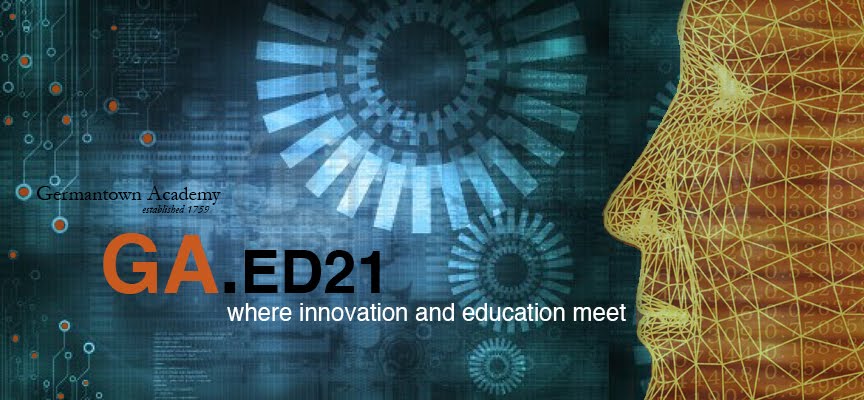How do I know what I know? And how can you know, too?
After years of being a consumer during the internet age, I’ve decided to change focus and take the plunge into creating and sharing. While much of what follows can be viewed through a 21st century lens, the principles that follow can be applied to anything from finding that spur-of-the-moment lesson plan to discovering the next place you want to try for dinner. 
I recently started reflecting on, how do I know what I know? Afterall, I don’t have a tech degree, haven’t taken specialized classes, nor blessed with infinite amounts of time. The way I see it, attempts at learning or “finding out” stems from three main drives; needs, curiosities, or opportunities.
Needs:
Although needs can develop through planned activity or sheer happenstance, both tend to associate with some level of anxiety. Whether you need information for a presentation in an hour or you’re doing lesson planning and struggling to insert object x into program y, the perseverance and resolution processes are similar. The beauty of the internet and digital age is that if you’re experiencing a problem, chances are you’re not the first one! So, the first strategy in locating information is to rely on a search engine like Google and your researching skills by breaking down your problem into keywords. For the insert object, consider a mix of: the object type (.jpeg), program type (Word), “insert”, “can’t”, “problem”. You can further refine your search by time frame and begin scanning web pages, blog posts, and discussion boards for remedies. The advantages to these steps are: 1. You’d be surprised at how many dilemmas you can solve on your own, 2. You get better at keywording and searching with experience, and 3. Chances are that if you can’t find the solution and have to resort to a “tech person” it’s because you really needed their expertise.
Curiosities:
Sometimes needs can develop into curiosities about programs, solutions, or possibilities. Regardless, there are strategies to becoming more efficient at honing in on relevant information. While most of us are familiar with, and have become quite skilled at surfing the internet to find the best sales, places to eat, and things to do, we don’t necessarily translate that skill into bolstering our knowledge of 21st century pedagogy and learning. The second strategy in locating information is to have the internet and information work for you, much like the advertisers who target your interests on social media. There are many ways to achieve this for your professional interests: consider following a good blog like The Innovative Educator or Teach Thought, subscribe to a group such as Diigo in Education or a YouTube channel, “like” a page on Facebook, explore Edutopia or subject specific Phys.org sites, or try Twitter (follow colleagues, prominent educators in your field-trust me they’re on there, @EdTechTeacher. 
Opportunities:
Although opportunities can be organic, many times they originate from a curiosity to learn more. Opportunities come in many forms, and using strategies from needs and curiosities, you should be able to find and filter through the most relevant ones for you. This brings me to the third strategy in locating information, which is that not all opportunities are created equally… and that’s ok! Unlike attending a major conference or workshop at ISTE, EdSurge, or NAIS, opportunities do not require an “all in” or “one size fits all” approach. In fact, many opportunities now fill an “on demand” niche. For example, there are companies like edWeb and SimpleK12 that offer a la carte style webinars. These webinars can either occur synchronously, where you have to be online at a set time, or asynchronously, in which case they are archived for you to watch whenever you can!

In the end I’ll circle back to the original question of “How do I know what I know?” and focus on the idea that there really is no magic behind locating information. Rather, I started with interests that stemmed from a need, a curiosity, or an opportunity. From those initial interests, I’ve developed and expanded strategies for exploring, filtering, and becoming efficient with learning and “finding” information. So start listing some curiosities, earmark a few opportunities, or wait for your next “need” to arise. Before long, you, too, will be able to discover the potential of learning and growing in the digital age.
Jim DiFranco









